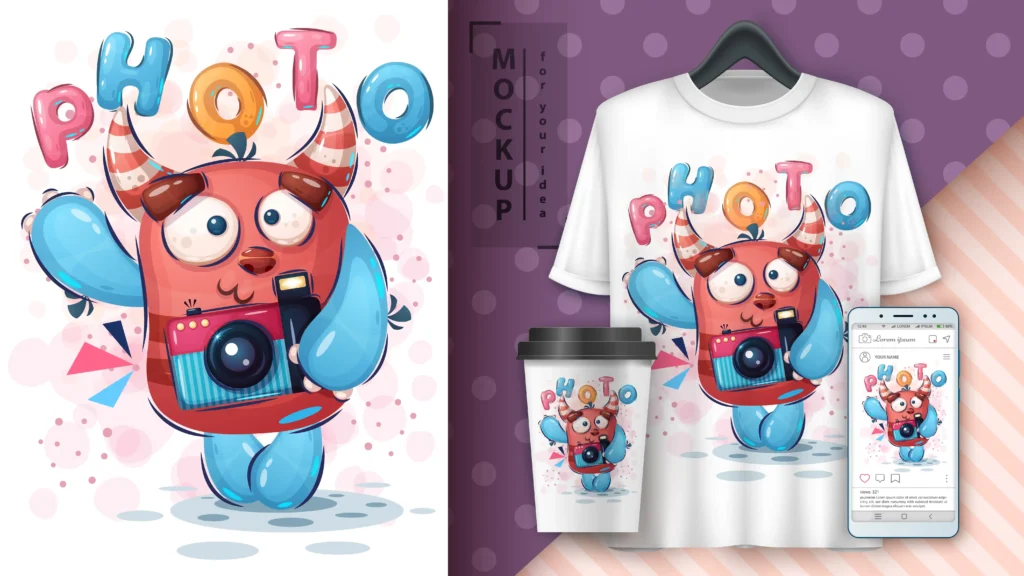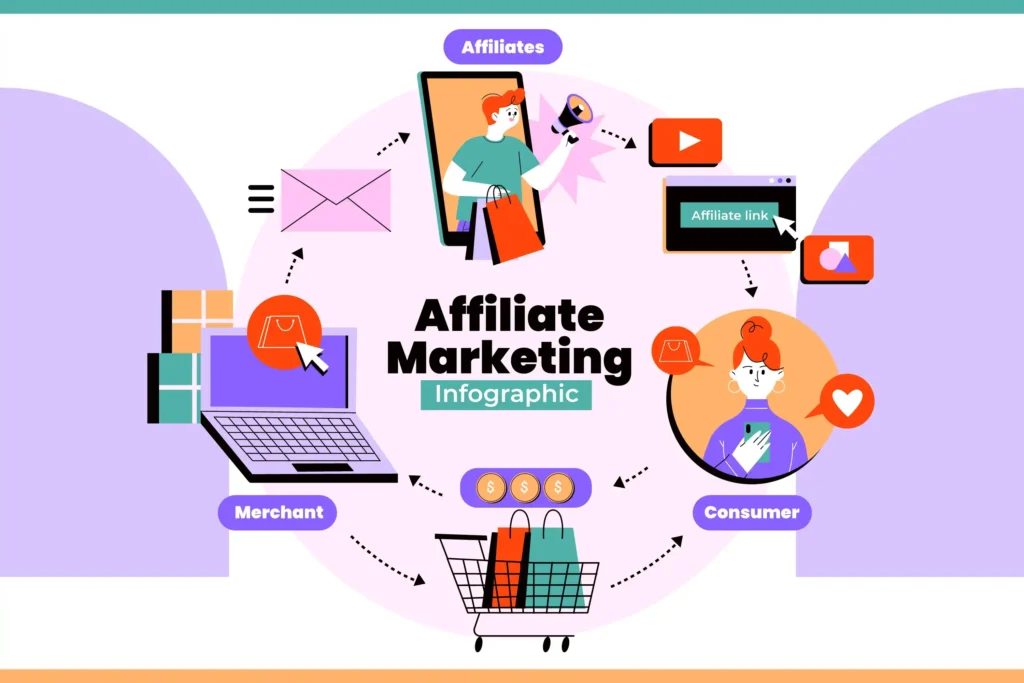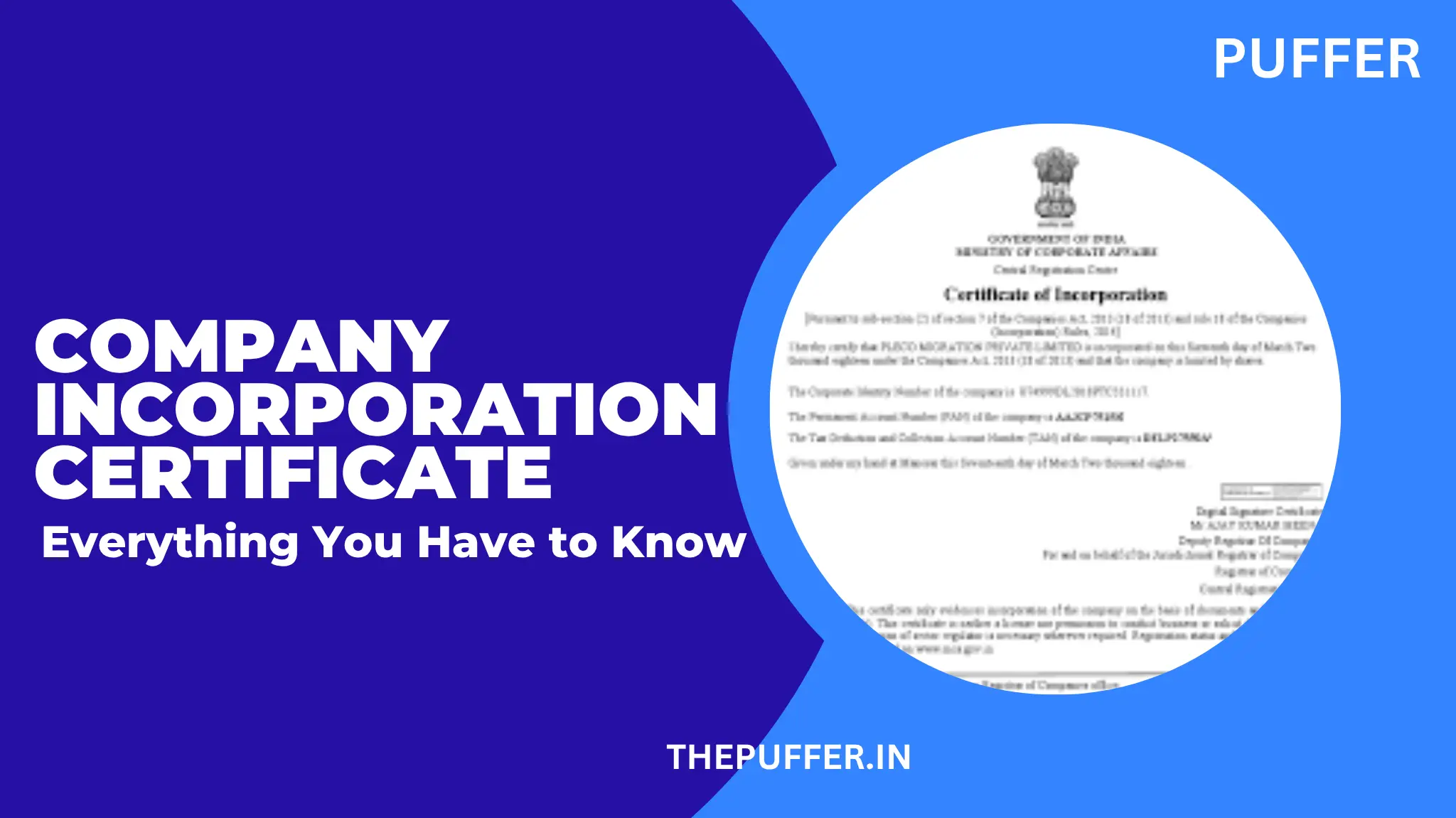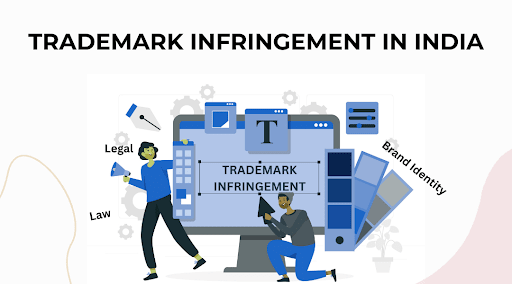Starting a business no longer requires massive capital, expensive real estate, or an MBA. In 2025, it’s about smart execution, leveraging digital tools, and solving real problems for niche audiences. And the best part? You can do it all without burning your wallet.
Whether you’re a student in Berlin, a remote worker in Austin, or a stay-at-home mom in Manchester looking to turn passion into profit, this guide is built for you.
Let’s dive into real-world, low-cost business ideas that are already working for modern entrepreneurs across the U.S., Europe, and beyond.
1. Print-on-Demand (POD): Sell Without Inventory or Warehousing

Imagine having your own clothing line, home décor brand, or custom gift shop, without stocking a single product. That’s the magic of print-on-demand.
With POD, you simply upload your designs to a platform like Gelato, Printful, or Printify, and whenever someone orders a product, say a mug, hoodie, or poster, it’s automatically printed and shipped to them. You don’t pay for production until the sale is made.
This model is particularly attractive to creative professionals: illustrators, graphic designers, and even meme lovers who know what kind of quirky humour sells. For instance, in the U.S., niche shirts like “National Parks Aesthetic” or “Dog Mom Energy” are hot sellers. In Europe, city-themed posters, minimalist prints, and eco-conscious tote bags often perform well.
The best part? You can start this business with as little as $50–$200, mostly for domain registration, design tools like Canva Pro, and connecting your POD store to Shopify or Etsy. Successful stores often generate 30–50% margins, especially when paired with clever social media marketing.
Caution: Quality control can be tricky. Always order samples before scaling. Focus on strong branding and customer support—it’s what separates winners from the rest.
2. Freelancing: Sell Your Skills, Not Products

Freelancing isn’t just for side hustlers anymore; it’s a legitimate business model that allows you to sell your time, skills, and experience to clients around the world. Whether you’re a writer, designer, developer, translator, or virtual assistant, there’s room for you in the digital economy.
Let’s say you’re based in Italy and fluent in English and Spanish. You could offer translation services to European startups expanding to Latin America. Or maybe you’re a stay-at-home dad in Chicago with a background in finance, you could become a freelance bookkeeper for e-commerce businesses.
Starting costs are virtually zero. All you need is a laptop, an internet connection, and some hustle. Sites like Upwork, Fiverr, and Toptal can connect you to global clients, but you can also build a personal website and grow through referrals and LinkedIn.
Freelancers in the U.S. are already earning $5,000+ per month just by niching down—for example, “SEO writer for SaaS blogs” or “UX designer for mobile apps.” European freelancers often find success with localisation work, technical translation, or compliance writing due to the continent’s language diversity and strict legal frameworks.
Pro Tip: The riches are in the niches. Be clear about what you’re offering and who it’s for..
3. Create & Sell Digital Products: Passive Income, Real Results

If you have knowledge others want, you can turn it into digital products and sell them over and over, without recurring effort.
Think of ebooks, Canva templates, Excel trackers, online courses, Notion setups, or Lightroom presets. Once you create it, your cost to sell another copy is zero. This makes it one of the highest-margin business models out there.
Let’s say you’re a fitness coach in Germany, you could sell a 4-week meal prep guide in English and German. Or maybe you’re a productivity nerd in New York, you could sell Notion templates for busy entrepreneurs on Etsy or Gumroad.
Startup costs range from $100–$500, mostly spent on branding, website setup, or tools like Canva Pro, Teachable, or ConvertKit. Digital products can be sold globally 24/7, meaning you earn money even while you sleep.
The challenge? Building an audience. But if you already have a YouTube channel, blog, or social media following, you’re miles ahead.
Bonus Tip: Bundle smaller products into premium packages for higher perceived value (e.g., “Ultimate Freelancer Starter Kit”).
4. Affiliate Marketing: Earn Commissions by Promoting What You Love

You don’t need to create your own products to make money—you can earn a generous commission by promoting other people’s offerings through affiliate marketing.
Here’s how it works: you write blog posts, make YouTube videos, or post on social media recommending a product. When a user makes a purchase through your custom referral link, you earn a commission. It’s like being a digital middleman.
For example, if you run a parenting blog in Spain, you could promote baby gear on Amazon EU. Or if you’re a tech YouTuber in the U.S., you could earn by linking to SaaS tools like Notion, Jasper, or Webflow.
The earning potential is huge. Some creators make $500/month as a side hustle, while top affiliates bring in $10,000+ per month.
Top platforms include:
- Amazon Associates for physical goods
- PartnerStack, Impact, and ShareASale for software and services
- ClickBank for digital info products
Success depends on two things: trust and traffic. Focus on long-term value, not spammy tactics.
5. Social Media Management: Help Brands Grow While Working from Anywhere

In a world where attention is currency, businesses need to be active on social media, but many don’t have the time, skills, or creativity to post consistently. That’s where social media managers come in.
As a social media manager, your job is to craft and execute content strategies that drive engagement, build brand loyalty, and even generate leads. This could mean creating Reels for a London-based beauty brand, running Facebook ads for a Texas bakery, or managing DMs and comments for a Berlin tech startup.
The beauty of this business is that you only need basic tools (like Canva, Buffer, or Later) and a solid understanding of what makes content click. You can start small—maybe $100 to set up a portfolio website and a couple of test campaigns, and pitch local businesses or solopreneurs who need help. As you build a client base, you can charge anywhere from $300 to $2,000 per client per month, depending on the scope.
Social media is platform-specific, so niching down helps: Instagram for lifestyle brands, LinkedIn for B2B, TikTok for Gen Z products.
Watch Out For: This industry is results-driven. If your clients don’t see engagement or sales, they’ll churn. So always track ROI and set clear expectations.
6. Dropshipping: Sell Trending Products Without Stocking Inventory

Dropshipping is like running an eCommerce store, minus the hassle of warehousing or shipping. When someone orders from your online store, the product is shipped directly from the supplier to the customer. You never touch the product.
This model is especially appealing to global entrepreneurs. You can live in Lisbon and sell products to the U.S., or run a UK-based store that caters to French or German customers. Platforms like Shopify, combined with apps like DSers or Spocket, make setup easy.
Popular niches in 2025 include smart gadgets, sustainable lifestyle products, wellness gear, and niche fashion. For example, a dropshipped “eco bathroom kit” or “pet anxiety toys” store could go viral with the right TikTok push.
You’ll need a startup budget of about $300–$800 for domain registration, Shopify subscription, product testing, and initial ads. The challenge? Competition is fierce, and customer service can be tough since you don’t control shipping speed or quality.
Smart Play: Don’t sell random trending products. Focus on building a niche brand with a clear voice and consistent content that resonates with your target audience. Offer bundled deals and custom packaging once you scale.
7. Pet Services: Tap into the Billion-Dollar Pet Industry

If you love animals, there’s a thriving business waiting for you, no fancy degree or expensive setup required. Pet services like dog walking, pet sitting, grooming, or behavioural training are highly in demand, especially in urban areas across the U.S., UK, France, and Germany.
In cities like New York or London, pet owners often work long hours and are happy to pay $20–$40 for a single walk or $60–$100/day for pet sitting. With just 3–5 recurring clients, you could earn a full-time income working part-time.
You can start with basic tools: leashes, treats, cleaning supplies, and a profile on platforms like Rover, Wag!, or Gudog (for Europe). Invest $100–$300 initially and build trust through reviews and word-of-mouth.
You can later expand into specialised services like:
- Pet taxi (for vet visits)
- Mobile grooming
- Pet birthday parties (yes, it’s a thing)
Insider Tip: Trust is everything in this industry. A few glowing reviews can make your business explode. Show photos, updates, and reliability, and you’ll build a loyal client base fast.
8. Resell Vintage or Thrifted Goods Online

Reselling has evolved from a casual side gig into a thriving eCommerce business model. If you have a good eye for fashion, antiques, or collectables, you can flip thrift store finds for profit on platforms like Depop, Etsy, eBay, or even Vinted (popular in Europe).
Think vintage Levi’s, old-school band tees, rare books, or mid-century décor. In cities like Paris, Milan, or Austin, flea markets and thrift stores are goldmines for underpriced gems. With smart curation and storytelling, a $10 jacket could sell for $60+.
What makes this business powerful is the low upfront cost. With $100–$300, you can buy your first inventory, take product photos using your phone, and start listing. As your style and audience grow, you can specialise, say, “Y2K fashion for Gen Z” or “Scandinavian home goods.”
Packaging matters too; eco-friendly and aesthetic packaging boosts perceived value.
Heads-Up: This business requires effort in sourcing and fulfillment. But once your brand identity is set, repeat customers and Instagram growth become your best assets.
9. Subscription Boxes: Build Recurring Revenue Around Curated Products

Subscription boxes have transformed how people discover products. From self-care kits and book-of-the-month clubs to regional snacks or eco-friendly essentials, consumers love receiving themed surprises every month.
To start, pick a specific niche: “Mindful Journaling Box for Women,” “Artisan Coffee from Europe,” or “Dog Mom Box.” Focus is key. The more specific your audience, the easier it is to market.
You’ll need about $500–$1,000 to launch, covering sample products, packaging, branding, and your Shopify or Subbly store. You can start with as few as 20 subscribers, fulfil orders yourself, and reinvest profits to grow.
This model thrives on predictable income; customers pay monthly. And once you hit 100–200 active subscribers, you can consider outsourcing fulfilment and scaling with paid ads.
Bonus Tip: Offer trial boxes or gift subscriptions to attract early adopters.
10. Offer Local Experiences or Tours

If you live in a tourist-friendly city and know it well, you could turn your local knowledge into a business by offering unique experiences. You can easily host and promote your offerings through platforms such as Airbnb Experiences, GetYourGuide, and Viator.
You don’t need to be a historian or licensed guide. People love offbeat, authentic experiences: street food tours in Prague, hidden art walks in Berlin, haunted pub crawls in Edinburgh, or wine & cheese pairings in Bordeaux.
Startup cost? Almost nothing. You may need permits depending on the region, but mostly you’ll be investing time into designing the experience and promoting it with great visuals and storytelling.
You can charge $25–$100 per person per experience, and with small groups, this adds up quickly, especially during peak seasons.
Important: Customer reviews make or break this business. Go above and beyond to deliver something memorable.
11. SEO & Content Marketing Consulting

If you’ve ever ranked a blog post on Google or helped a website gain organic traffic, you’re already ahead of 90% of small business owners. SEO and content consulting is one of the most profitable services to offer, and requires little to no startup capital.
In 2025, businesses across Europe and North America are finally realising that paid ads aren’t sustainable forever. They need evergreen traffic, and SEO is the answer.
You can offer services like:
- Keyword research
- Website audits
- Blog strategy
- Content writing
- Link building
You can charge per hour ($50–$150/hr), per project, or monthly retainer ($500–$2,000+). Use free tools like Ubersuggest, Google Search Console, and SurferSEO, and later invest in Ahrefs or SEMrush.
Clients could include Shopify stores in the U.S., local service providers in the UK, or SaaS companies in the Netherlands. If you’re multilingual, that’s a superpower; localised SEO is highly valuable in Europe.
Pro Tip: Start by optimising your own site or blog. It becomes your best portfolio.
Conclusion: Start Lean, Grow Smart
Low-cost, high-profit businesses aren’t just possible, they’re thriving. Whether you’re creative, analytical, service-oriented, or product-focused, there’s an opportunity that matches your skill set and passion.
The key isn’t in copying what others are doing; it’s in tailoring a business around your strengths, your audience, and your story. Start with what you have. Don’t wait for perfection. Progress beats perfection every time.



I really like it